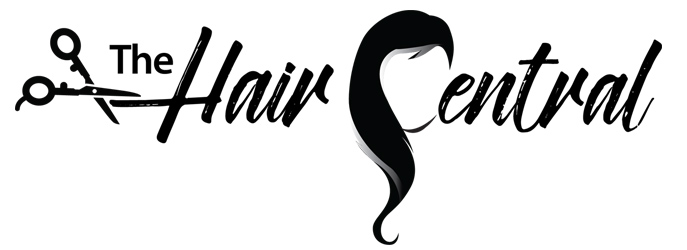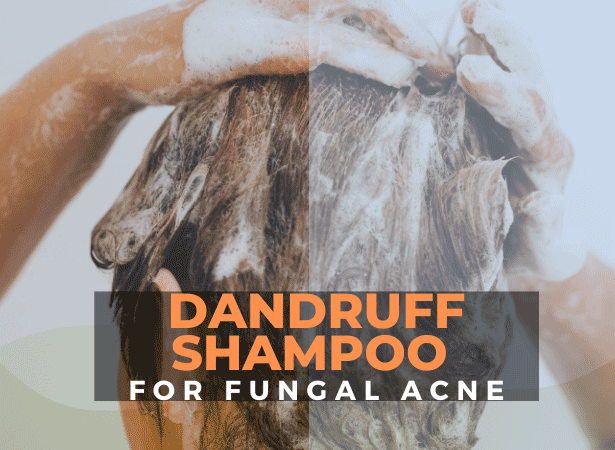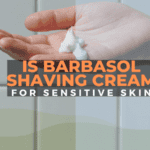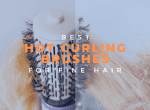Dandruff shampoo is designed to treat dandruff's symptoms, including itchiness, redness, flaking, and oily skin. Dandruff is caused by various factors, including dry skin, fungal infections, oil skin type and certain medical conditions.
While there is no cure for dandruff, using dandruff shampoo can be an effective treatment for fungal acne, also known as pityrosporum folliculitis.
This type of acne is caused by a yeast infection that leads to red, scaly patches on the skin. It won't cure your acne, but it can help control the symptoms and prevent it from returning.
Best List in the Market
Our Top Picks of Best Dandruff Shampoo for Fungal Acne
1. Selsun Blue - 1% Selenium Sulfide
Inactive and Active Ingredients
- Water
- Sodium Laureth sulfate
- Sodium Lauryl Sulphate
- Cocamidopropyl Betaine
- Fragrance
- Polyquaternium-10
- Menthol
Frequency of Use?
It can be used daily or as needed to control dandruff and fungal acne symptoms.
Benefits
- It contains selenium sulfide, an antifungal agent that helps to treat dandruff and fungal acne
- The gentle formula is suitable for everyday use
- Inexpensive
Who Needs Selsun Blue Shampoo?
People with dandruff, seborrheic dermatitis, or fungal acne
Can It be Used with Other Medications?

If you are using topical treatments for your dandruff or fungal acne, you can use Selsun Blue alongside these medications. Just follow the directions on both products to avoid over-treating your condition.
Use With Caution When Taking Certain Medications
Other medications intended to treat psoriasis can not be mixed with Selsun blue. If you are unsure whether or not Selsun Blue is safe to use with your other medications, speak to your doctor or pharmacist.
What Is Selsun Blue for?
Selsun Blue is most commonly used to treat dandruff, seborrheic dermatitis, and fungal acne.
Selsun Blue is a popular over-the-counter dandruff shampoo that contains selenium sulfide, an antifungal agent that helps to control the symptoms of dandruff.
Ways to Use Selsun Blue for Fungal Acne
To use Selsun Blue for fungal acne:
Wet your hair and scalp thoroughly.
Apply a quarter-sized amount of shampoo to your scalp and massage it in for about two minutes.
Rinse the shampoo out of your hair and repeat as needed to control your symptoms.
When using Selsun Blue for the first time, it's essential to start with a small amount of shampoo to see how your skin reacts. If you experience irritation, stop using the shampoo and speak to your doctor.
It's also important to note that selenium sulfide can cause staining, so avoid contact with clothing, towels, and bedding. Wash your hands thoroughly after using Selsun Blue to avoid staining your nails or skin.
Some Reported Side Effects
Selsun Blue is generally safe for most people to use. However, some people may experience side effects, such as dry skin, redness, and irritation. If you experience any side effects, stop using the shampoo and speak to your doctor.
Again, use with caution because of the staining properties of its active ingredient.
2. Nizoral - 1% Ketoconazole
Inactive and active Ingredients
- Ketoconazole
- Isopropyl myristate
- Sodium lauryl sulfate
- Stearyl alcohol
- Cetyl alcohol
- Butylated hydroxytoluene
- Sorbitan monostearate
What are the Benefits of Using Nizoral?

Nizoral is an effective dandruff shampoo that can help control the symptoms of dandruff, seborrheic dermatitis, and pityrosporum folliculitis. It contains the active ingredient ketoconazole, a powerful antifungal agent that helps to kill the yeast that causes these conditions.
Nizoral is available in both a 1% and 2% ketoconazole solution. The 1% solution is for the treatment of dandruff, while the 2% solution is for the treatment of seborrheic dermatitis.
Frequency of Use
Ketoconazole shampoo can be used as often as needed to control the symptoms of dandruff, seborrheic dermatitis, and pityrosporum folliculitis.
Is it Safe to Use?
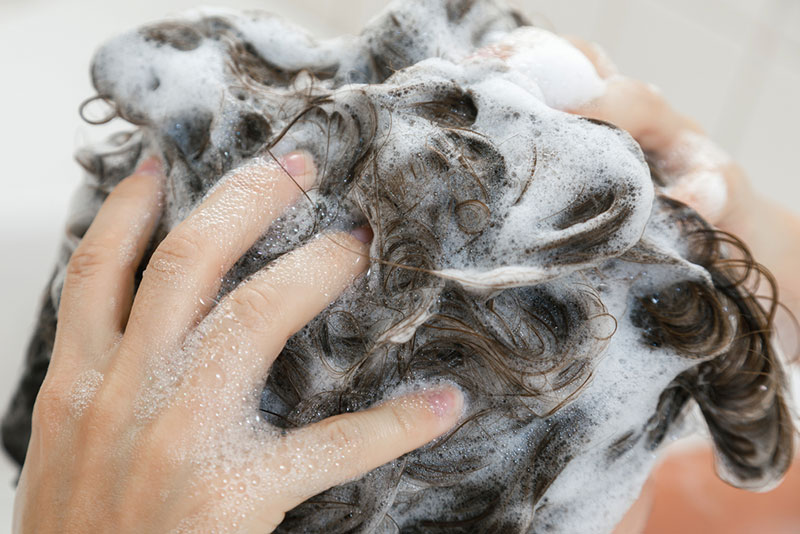
Nizoral is safe for adults and children over the age of 12. It should not be used by pregnant or nursing women.
Can It be Used with Other Medications?
Nizoral can be used with other dandruff treatments, such as selenium sulfide or zinc pyrithione shampoo. It can also be used with topical antifungal medications, such as ketoconazole cream or clotrimazole cream.
Use With Caution When Taking Certain Medications
Nizoral should not be used with other ketoconazole products, such as Nizoral cream or tablets. It should also not be used with certain medications, such as blood thinners, cholesterol-lowering drugs, HIV/AIDS medications, and seizure medications.
If you take any of these medications, talk to your doctor before using Nizoral.
What Is Nizoral Shampoo?
Nizoral contains the active ingredient ketoconazole, which is a synthetic antifungal agent. It also contains inactive ingredients, such as sodium lauryl sulfate, stearyl alcohol, cetyl alcohol, and butylated hydroxytoluene.
Benefits of Nizoral for Skin
Nizoral can also be used to treat other skin conditions, such as seborrheic dermatitis and dandruff. The ketoconazole in Nizoral helps to control the growth of yeast on the skin, reducing the symptoms of these conditions.
Some Reported Side Effects
The most common side effect of Nizoral is contact dermatitis, which can cause redness, itching, and skin swelling. If you experience these side effects, discontinue the use of the shampoo and contact your doctor.
How to Use Nizoral
To use Nizoral, wet your hair and apply the shampoo to your scalp. Massage the shampoo into your scalp for about 1 minute, then rinse it. You can use Nizoral as often as needed to control the symptoms of dandruff, seborrheic dermatitis, and pityrosporum folliculitis.
